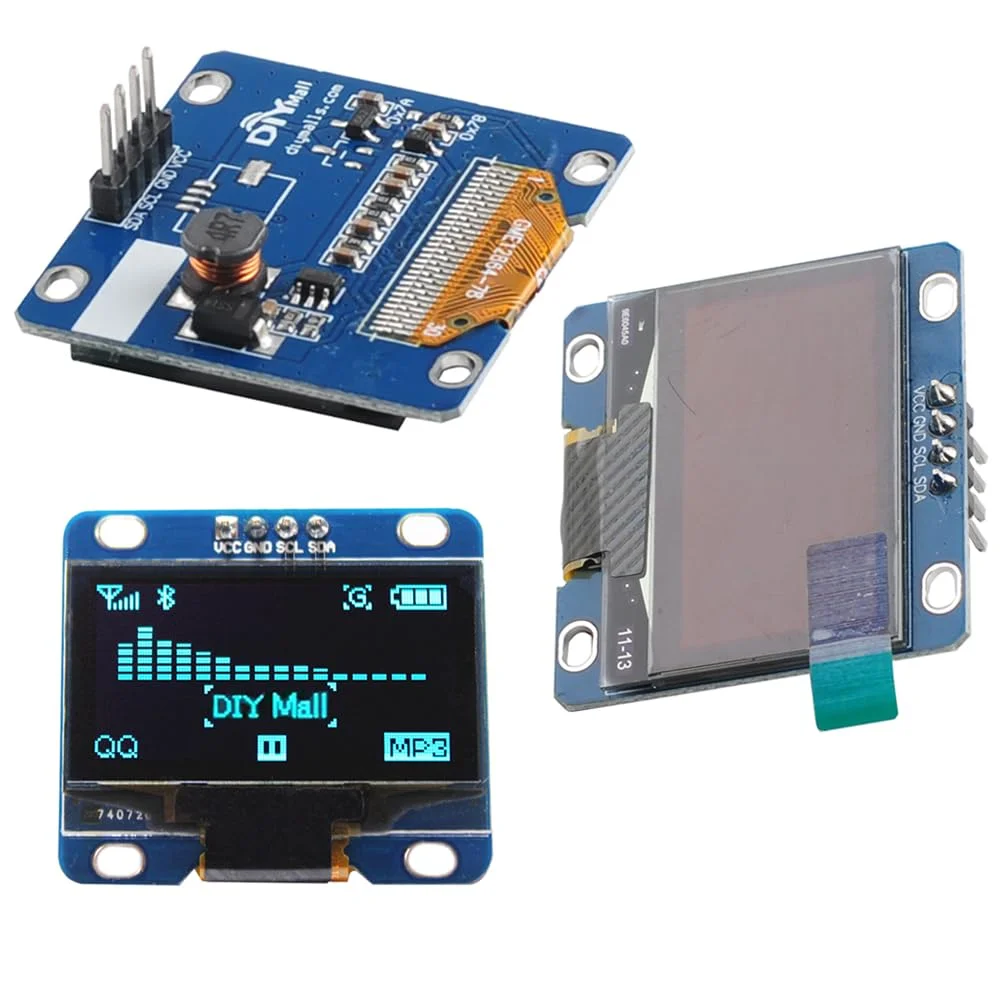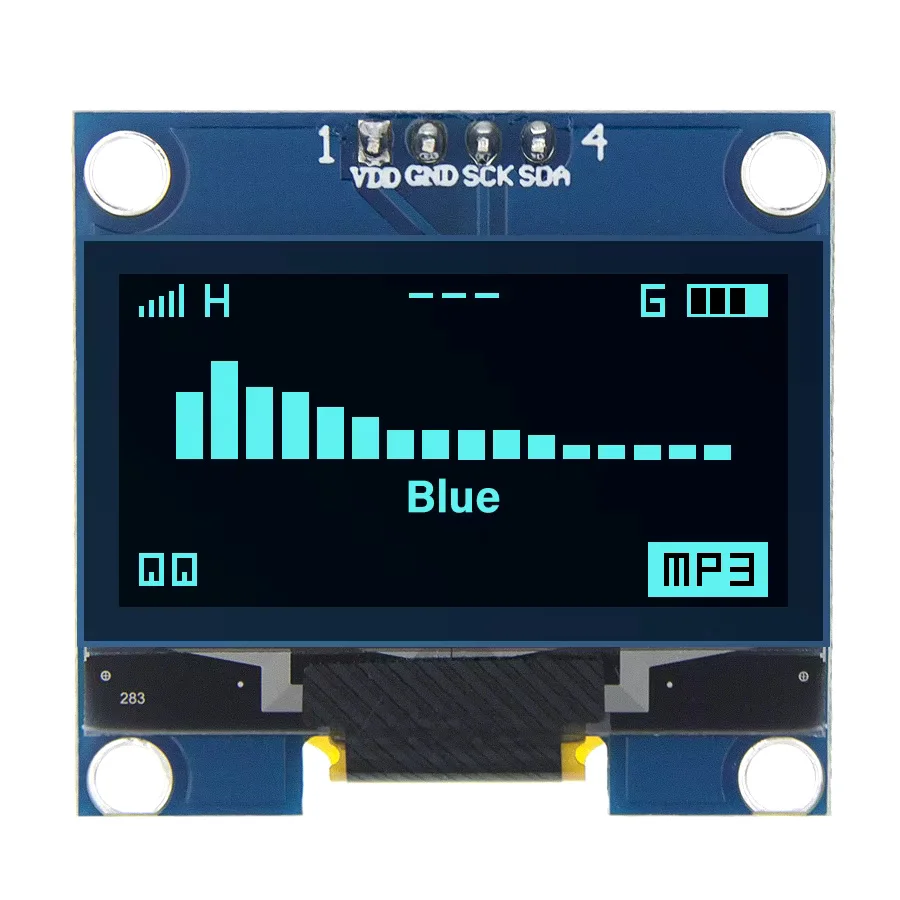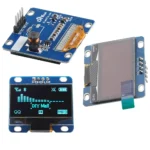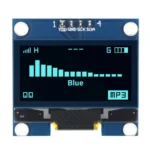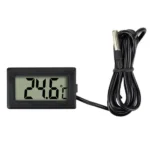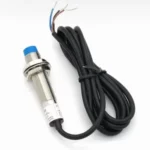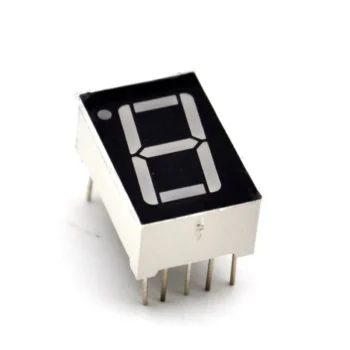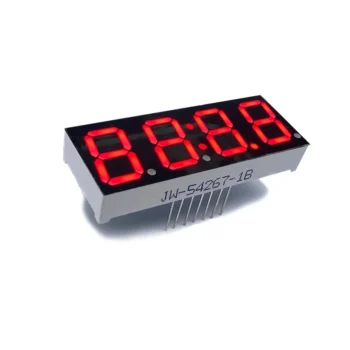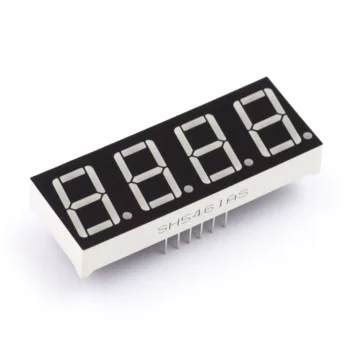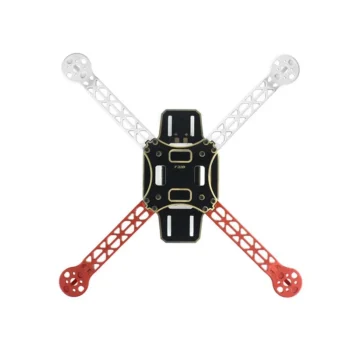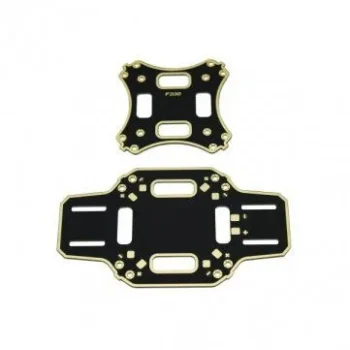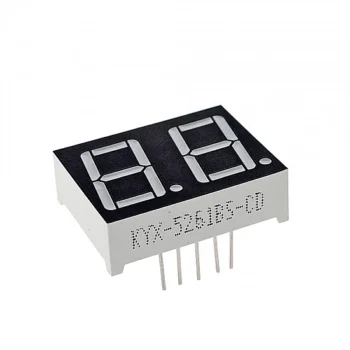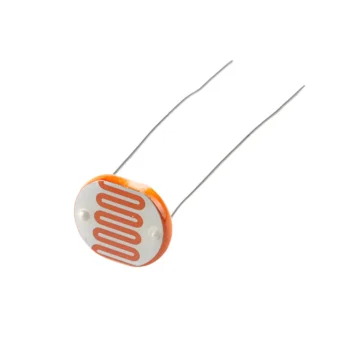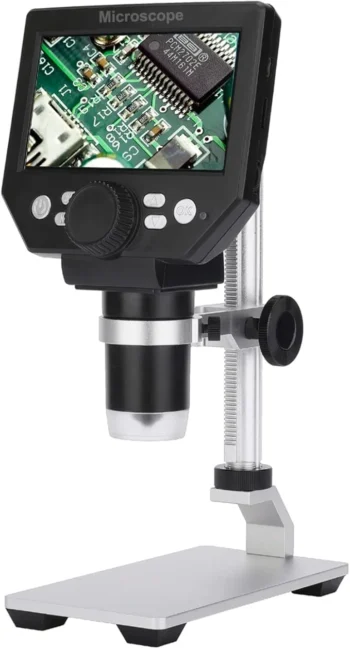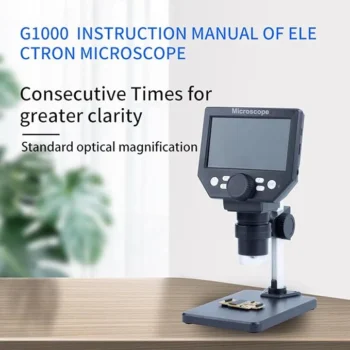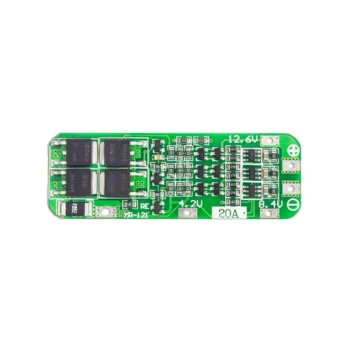1.3″ OLED I2C IIC Interface, Blue Screen, 4 pin, 128X64
1.3-inch OLED display module with a 128×64 pixel resolution and a blue monochrome screen. It uses an I2C/IIC interface for communication, requires a 4-pin connection, and is compatible with 3.3V to 5V microcontrollers like the Arduino. Key features include high brightness, self-emission (no backlight needed), high contrast, low power consumption, and a wide viewing angle
- Livraison & Retour
Livraison
Livraison en boutique GRATUIT
1 à 3 jours ouvrables
À domicile ou en point relais à partir de 400DA
Sur toutes vos commandes en livraison à domicile ou en point relais
Retours
Retour
Nous accepterons les échanges et les retours de vêtements non portés et non lavés dans les 30 jours suivant la date d’achat (14 jours pendant la période des soldes).
Retours en boutique GRATUIT
Votre retour sera généralement traité dans un délai d’une semaine à une semaine et demie. Nous vous enverrons un e-mail de notification de retour pour vous informer une fois le retour effectué. Veuillez prévoir 1 à 3 jours ouvrables pour que les remboursements soient reçus selon le mode de paiement d’origine une fois le retour traité.
- Poser une question
1.750,00 DA
- Size:1.3 inch
- Resolution:128*64
- Controlling Chip:SSH1106
- Display Area:29.42*14.7mm
- Driving Voltage:3.3-5V
- Operating Temperature:-40~70 celsius
- Interface Type:IIC
- Light Color:blue
- GND:power ground
- VCC:power positive
- SCL:clock wire
- SDA:data wire
Produits connexes
Seven-segment display (5611AH):
- The 7-segment displays consist of a series of LEDs placed to form numbers.
- A 7-segment display allows you to view the digits from 0 to 9.
- Typical voltage: 2.2v / Current per segment max: 30mA
0.56 inch Red 4 Digit 7 Segment LED Display CC 12pin
4 Digit 0.56 inch 7 Segment 4 Bit Red LED Digital Display Module Tube with Clock Point for Arduino
- Wheelbase: 330mm
- Material: Glass Fiber + Polyamide-Nylon
- Moter Mounting Hole Diameter: 3 mm
- Arm Size: 155×34 (LxW) mm
- Weight: 160 gm
Transceiver module based on an NRF24L01 allowing a 2.4 GHz wireless connection. This module communicates with an Arduino or compatible microcontroller via the SPI bus.
5621BS Red LED Display 2 Digit 7 Segment Common Anode Digital Display 18 Pin 0.56 inch
MODULE compatible Arduino to control 4 motors DC or 2 stepper motors and have 2 connections for servomotors. This shield uses pins D3 to D12 for operation (direction, speed, etc).
The module is based on two L293D drivers and can control up to 4 DC motors with an intensity of 0.6 A per output (1.2 A at peak).
5mm 5537 LDR is a 5mm light-dependent resistor with a « 5537 » model number, which is a photosensitive component that changes its electrical resistance based on the intensity of ambient light. Its resistance is high in darkness and decreases as light increases, making it useful for light-sensitive applications like automatic lighting systems, alarms, and light-level detection.
The HW-201 IR infrared obstacle detection module can detect obstacles within a distance range of 2 cm to 30 cm, with a detection angle of 35 degrees.
It can operate with a supply voltage of 3.3 V to 5 V and has a maximum current consumption of 100 mA. The module outputs a digital signal, high when an obstacle is detected, low when no obstacle is detected.
The infrared LED has a wavelength of 940 nm and an operating frequency of 38 kHz. The module operates at temperatures between -25 °C and +55 °C.
- Magnification: Up to 1000X for fine details.
- LCD Screen: Large 4.3-inch screen for clear viewing.
- Resolution: 10MP for sharp, detailed images.
- LED Light: Built-in light for better visibility.
- Versatile: Ideal for observing various samples.
3S 20A Li-ion 18650 BMS Lithium Battery Protection Board is a Battery Management System (BMS) designed for 3-cell 18650 Li-ion battery packs. It offers overcharge, over-discharge, short-circuit, and overcurrent protection to ensure the safe operation and longevity of your battery packs.
The Arduino Mega 2560 is a microcontroller board based on the ATmega2560. It has 54 digital input/output pins (of which 15 can be used as PWM outputs), 16 analog inputs, 4 UARTs (hardware serial ports), a 16 MHz crystal oscillator, a USB connection, a power jack, an ICSP header, and a reset button.
